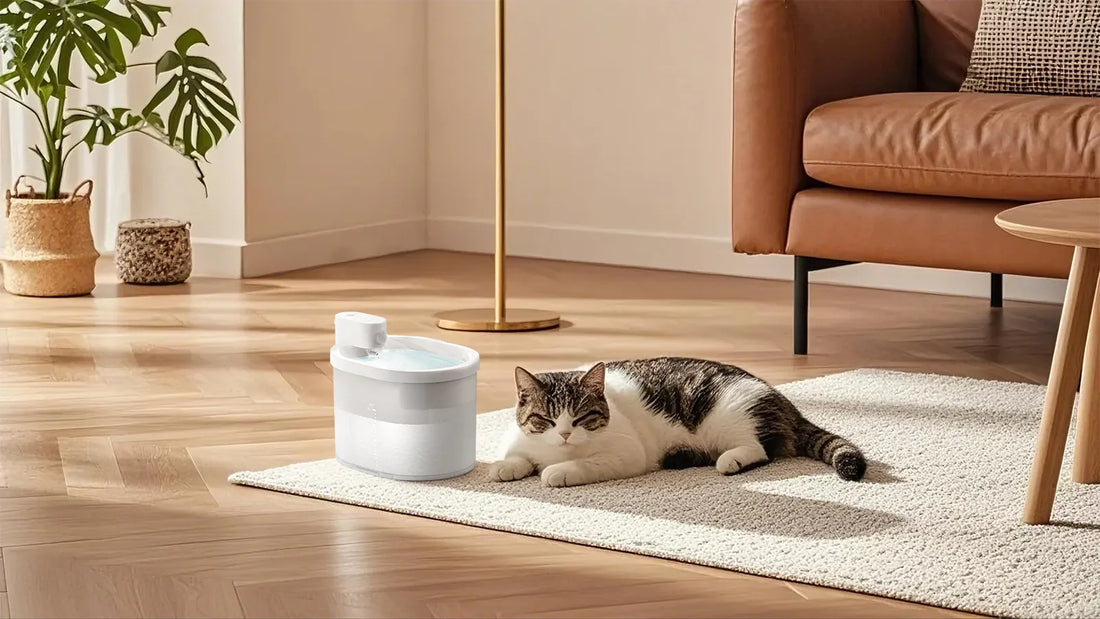Have you ever noticed your dog nudging her food bowl and wondered what she's trying to tell you? This seemingly odd behavior can be a window into your dog's world, revealing insights about her health, emotions, and instincts. Let's dive into the possible reasons behind this behavior and how you can respond to it.
Exploring the Reasons Behind the Behavior
Dogs communicate in various ways, and nudging their food bowl is one of them. This behavior can stem from several factors, ranging from simple habits to more complex emotional or health-related issues.
1. Seeking Attention
One of the most common reasons dogs nudge their food bowl is to grab your attention. If your dog has learned that nudging her bowl results in you filling it up or giving her treats, she might continue this behavior as a way to communicate her needs.
2. Instinctual Behavior
Dogs have inherited behaviors from their wild ancestors. Nudging the food bowl could be a remnant of the instinct to move food to a safer or more comfortable spot to eat. In the wild, this behavior would help protect their meal from other animals.
3. Discomfort or Pain
Sometimes, nudging the bowl can indicate that your dog is experiencing discomfort or pain. Dental issues, for example, might make eating uncomfortable, prompting your dog to nudge her bowl as a sign of distress.
4. Boredom or Anxiety
Dogs that are bored or anxious might develop repetitive behaviors, such as nudging their food bowl. This can be a way to relieve stress or occupy themselves when they're not getting enough mental or physical stimulation.
How to Respond to Your Dog's Behavior
Understanding why your dog is nudging her food bowl is the first step. Here are some strategies to address this behavior effectively.
1. Assess the Environment
Ensure that your dog's eating area is calm and comfortable. A noisy or chaotic environment might make your dog feel uneasy, leading to behaviors like nudging her bowl.
2. Check for Health Issues
If you suspect that discomfort or pain is causing your dog to nudge her bowl, consult with a veterinarian. They can check for dental problems or other health issues that might be affecting your dog's eating habits.
3. Provide Adequate Stimulation
Ensure your dog is getting enough exercise and mental stimulation. Interactive toys, regular walks, and training sessions can help reduce boredom and anxiety, potentially decreasing repetitive behaviors.
4. Modify Feeding Practices
Consider changing how and when you feed your dog. Using puzzle feeders or spreading out meals throughout the day can make eating more engaging and satisfying for your dog.
When to Seek Professional Help
While nudging the food bowl is often harmless, it's important to monitor the behavior. If it becomes excessive or is accompanied by other concerning symptoms, such as changes in appetite or behavior, it's time to seek professional advice. A veterinarian or a certified animal behaviorist can provide tailored guidance to address your dog's needs.
Understanding why your dog nudges her food bowl can strengthen the bond between you and your furry friend. By paying attention to her behavior and responding appropriately, you can ensure her well-being and happiness. So, the next time you see your dog nudging her bowl, take a moment to consider what she might be trying to tell you—it could be more than just a request for food.













